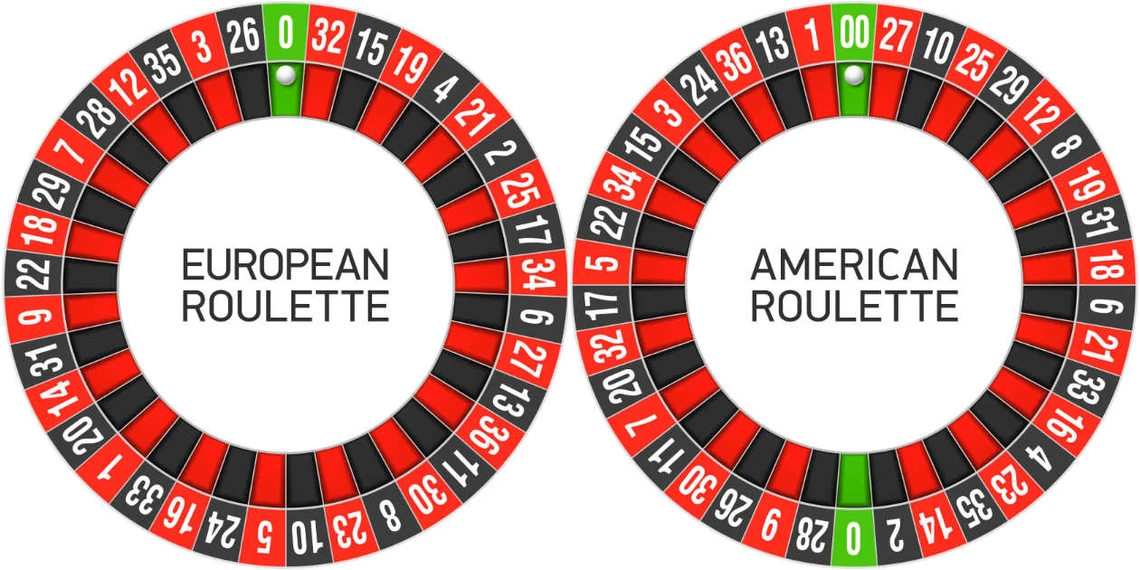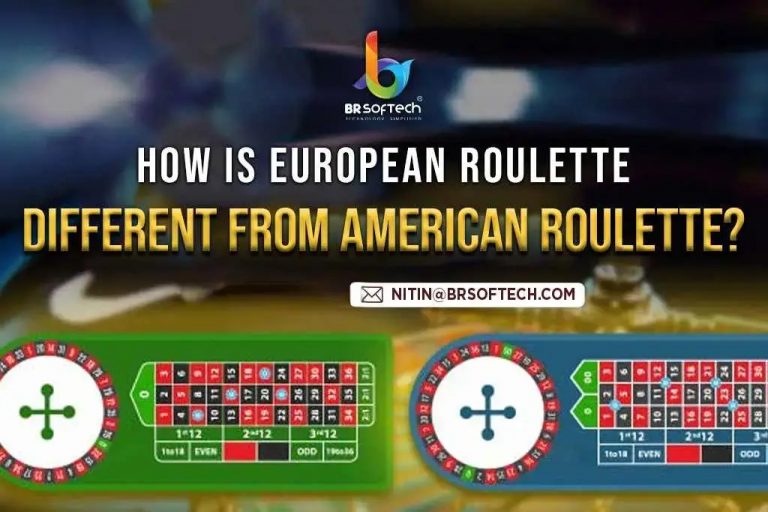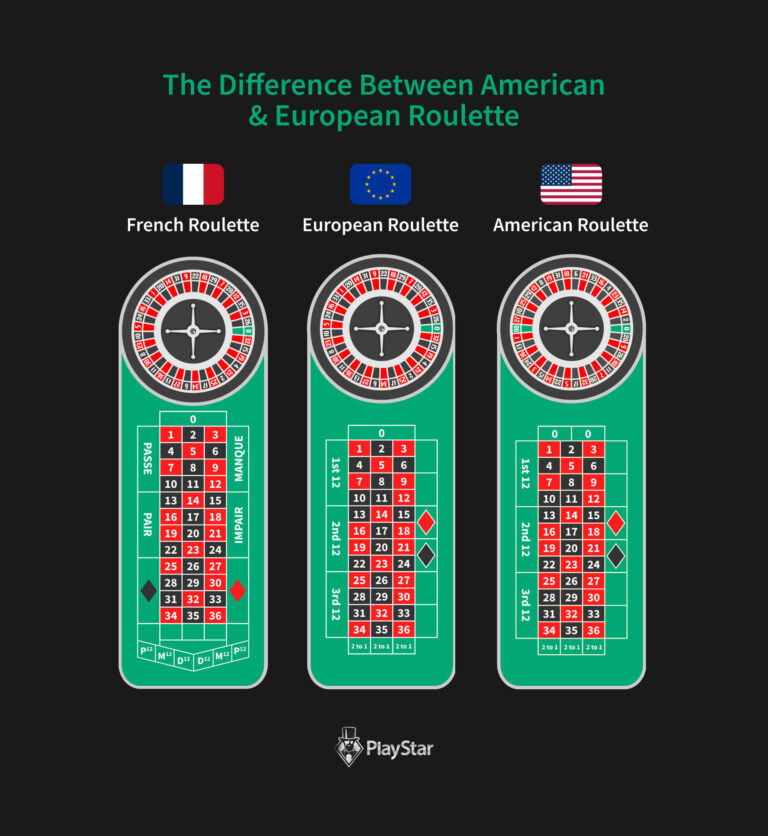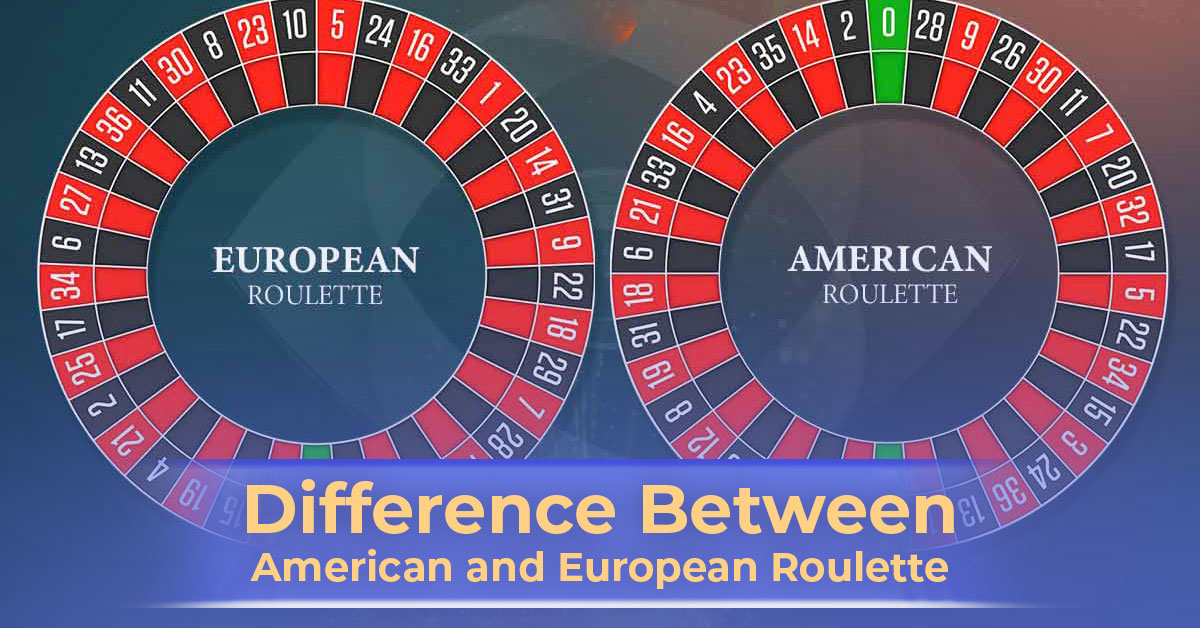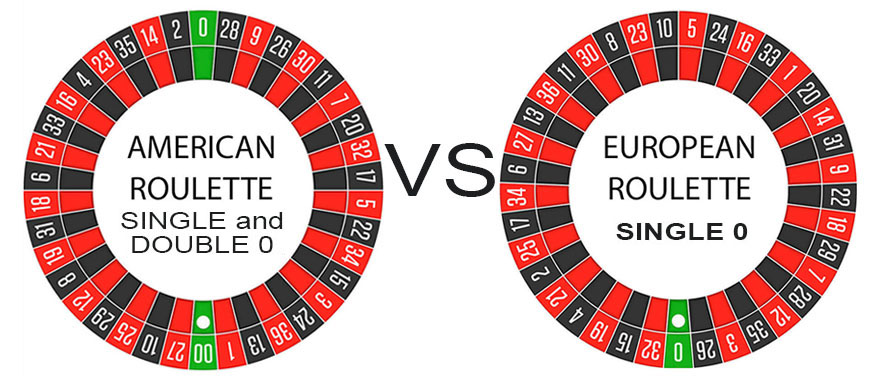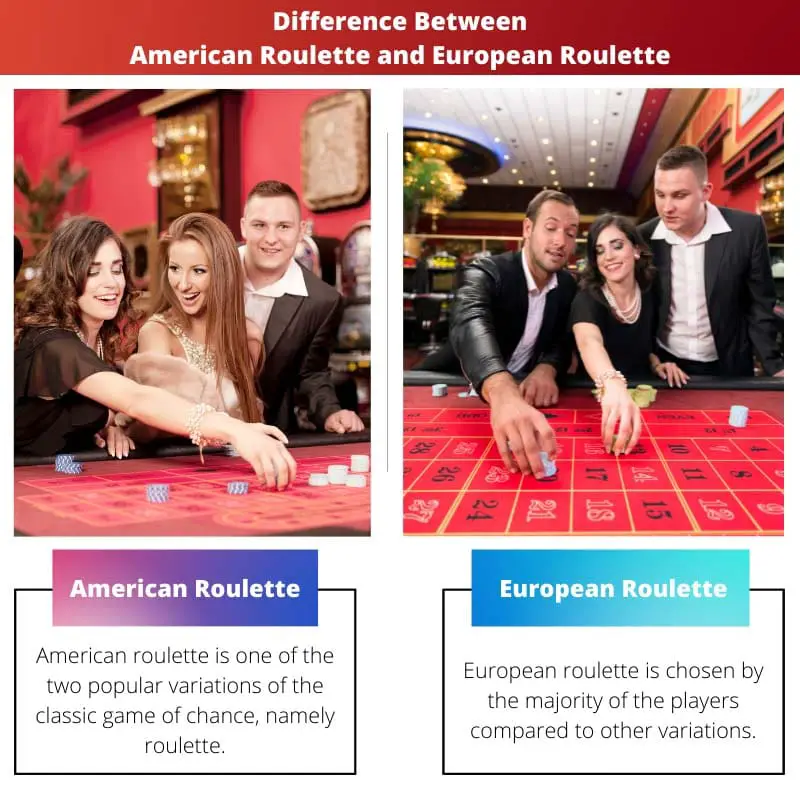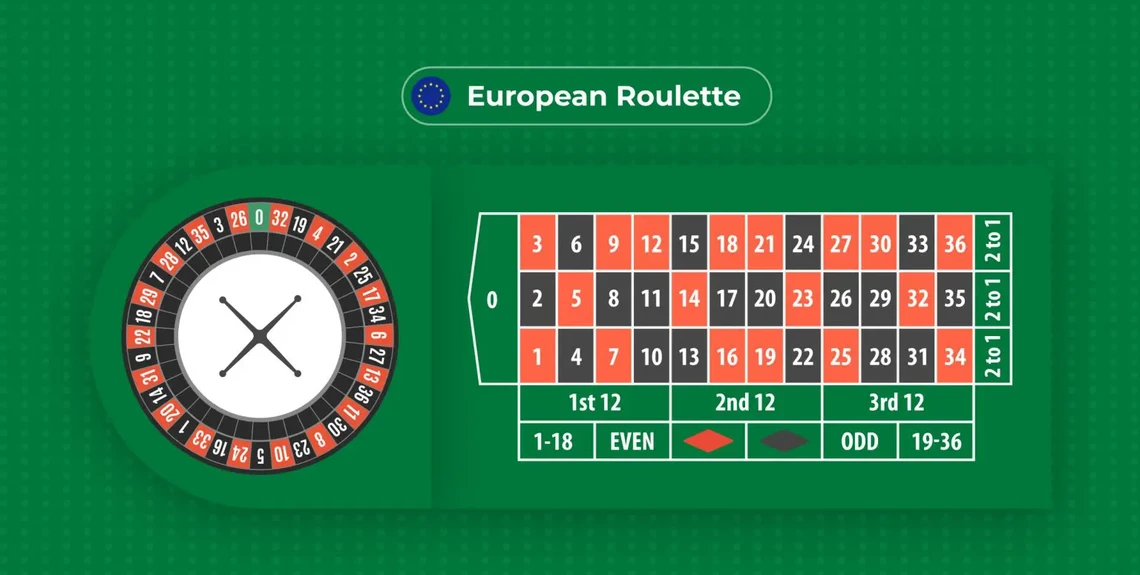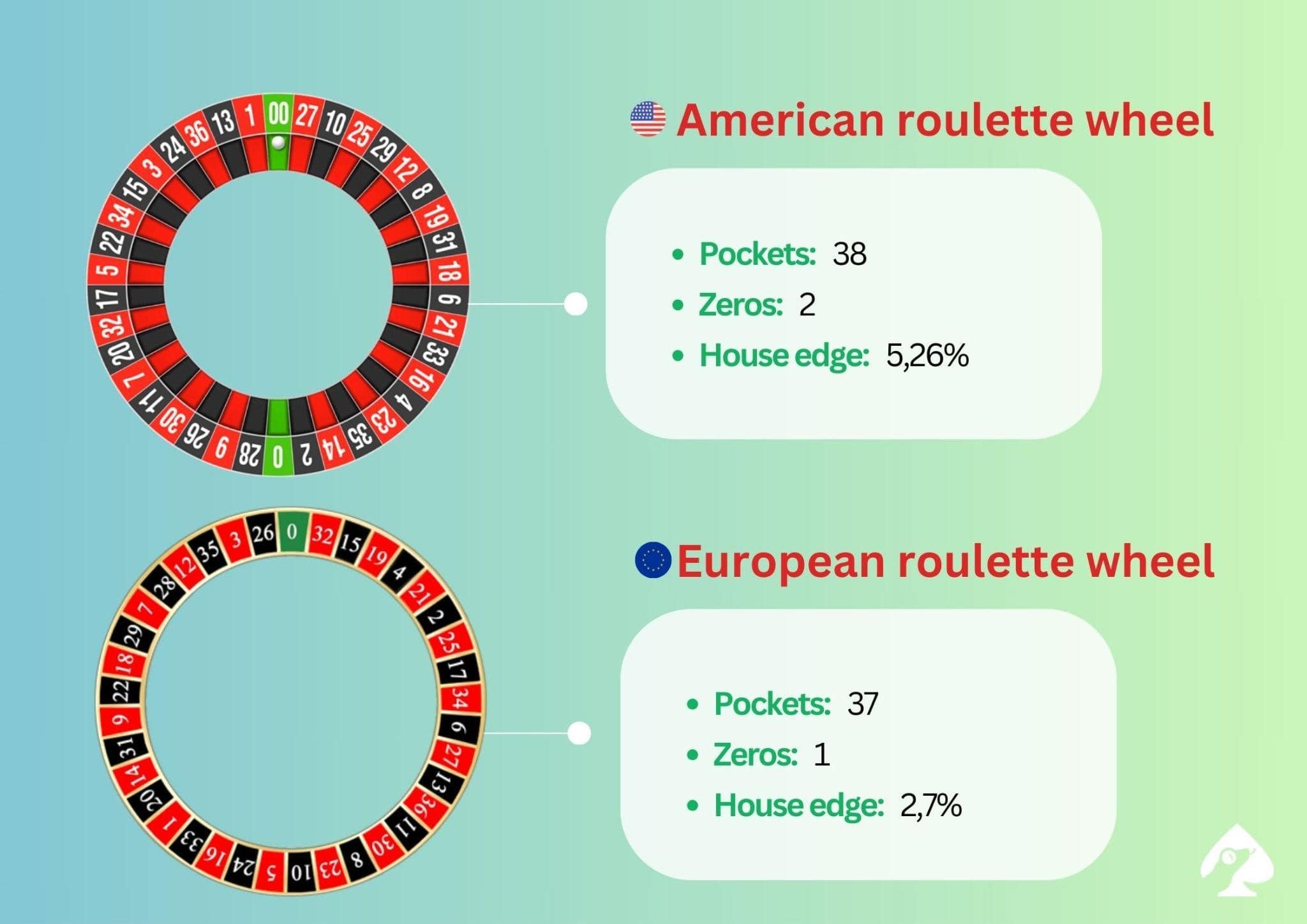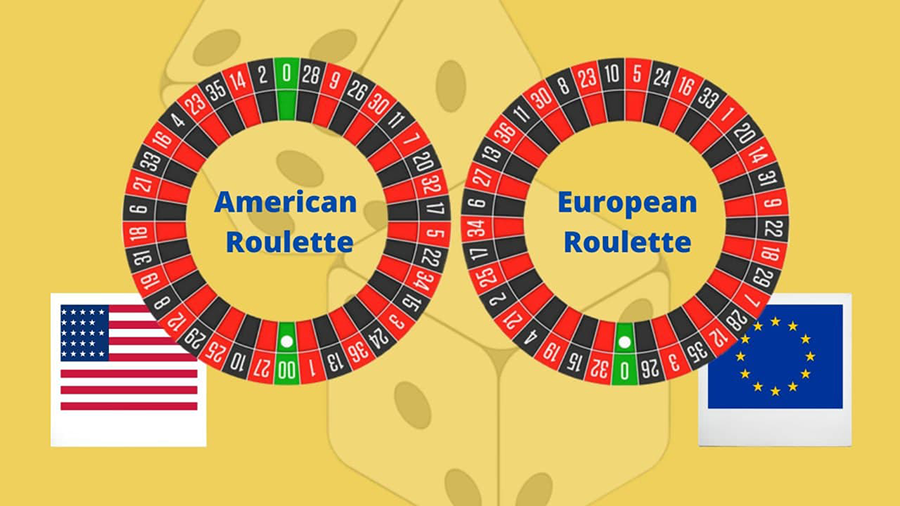Difference Between American Roulette And European Roulette

The spinning wheel, the glint of a silver ball, and the anticipation of a lucky number – these are the hallmarks of roulette, a casino game enjoyed by millions worldwide. However, beneath the surface of this seemingly simple game lies a key distinction that significantly impacts a player's odds: the difference between American and European roulette.
Understanding this difference is crucial for anyone looking to try their luck at the roulette table, as it directly affects the house edge and, consequently, the player's chances of winning.
The Nut Graf: A Tale of Two Wheels
The fundamental difference between American and European roulette lies in the wheel's design. European roulette wheels feature numbers 1 through 36 and a single zero (0), while American roulette wheels include the same numbers plus both a single zero (0) and a double zero (00).
This seemingly minor addition of the double zero in the American version significantly alters the game's probabilities, tilting the odds further in the casino's favor. The addition increase the house edge.
Delving into the Details: Wheel Layout and House Edge
The impact of the double zero becomes clear when examining the house edge. In European roulette, the house edge is approximately 2.7%, meaning that for every $100 wagered, the casino expects to win $2.70 in the long run.
However, the American roulette wheel, with its extra double zero, doubles the house edge to approximately 5.26%. This means that for every $100 wagered, the casino expects to win $5.26 in the long run.
This difference in house edge stems directly from the increased number of pockets on the wheel. With 38 pockets instead of 37, the probability of any single number being hit decreases, while the probability of the ball landing on a zero (either single or double) increases.
Impact on Betting Options
While the core betting options remain similar in both versions – such as betting on individual numbers, colors (red or black), or odd/even numbers – the presence of the double zero affects the payouts and probabilities associated with certain bets.
For instance, a straight-up bet (betting on a single number) pays out at 35 to 1 in both American and European roulette. However, the actual probability of hitting that number is lower in American roulette due to the additional double zero.
The layout of the numbers on the wheel also differs between the two versions, but this primarily affects the 'neighbor' bets, where players bet on a series of numbers adjacent to each other on the wheel. These bets are more common in European roulette, as the wheel's layout facilitates more strategic neighbor bets.
The 'En Prison' and 'La Partage' Rules
In some European roulette variations, two additional rules can further benefit players: the 'En Prison' and 'La Partage' rules. These rules apply to even-money bets (red/black, odd/even, high/low) when the ball lands on zero.
The 'En Prison' rule gives the player the option to leave their bet 'in prison' for another spin. If the subsequent spin results in a win, the player recovers their original bet.
The 'La Partage' rule, on the other hand, returns half of the player's bet when the ball lands on zero. These rules effectively lower the house edge on even-money bets in European roulette.
Why the Difference Exists
The historical origins of these variations are debated. The American roulette wheel with the double zero is said to have been introduced to increase the casino's advantage, which was perceived as necessary to maintain profitability in the competitive American gambling market of the 19th century.
European roulette, with its single zero and often the 'En Prison' or 'La Partage' rules, remained more player-friendly, reflecting perhaps a different approach to casino gaming.
The Significance for Players
The difference between American and European roulette is significant for players because it directly impacts their chances of winning. The lower house edge in European roulette makes it a more favorable option for players looking to maximize their potential returns.
While the allure of the American roulette table might be tempting, particularly in casinos where it's more prevalent, informed players often seek out European roulette tables for the better odds.
According to a study by Gambling Research Institute, players who consistently choose European roulette over American roulette have, on average, a 2.5% higher return on investment over the long term.
Conclusion: Choose Wisely
When considering a game of roulette, remember the critical distinction between American and European variations. The single zero in European roulette, coupled with potentially advantageous rules like 'En Prison' and 'La Partage', offers players a significantly better chance of success compared to the American version with its double zero.
Understanding these differences empowers players to make informed decisions and choose the roulette variation that best aligns with their risk tolerance and desire for a fair game. Always gamble responsibly.
Before placing your bets, take a moment to consider the odds, understand the rules, and choose wisely. Your wallet will thank you.
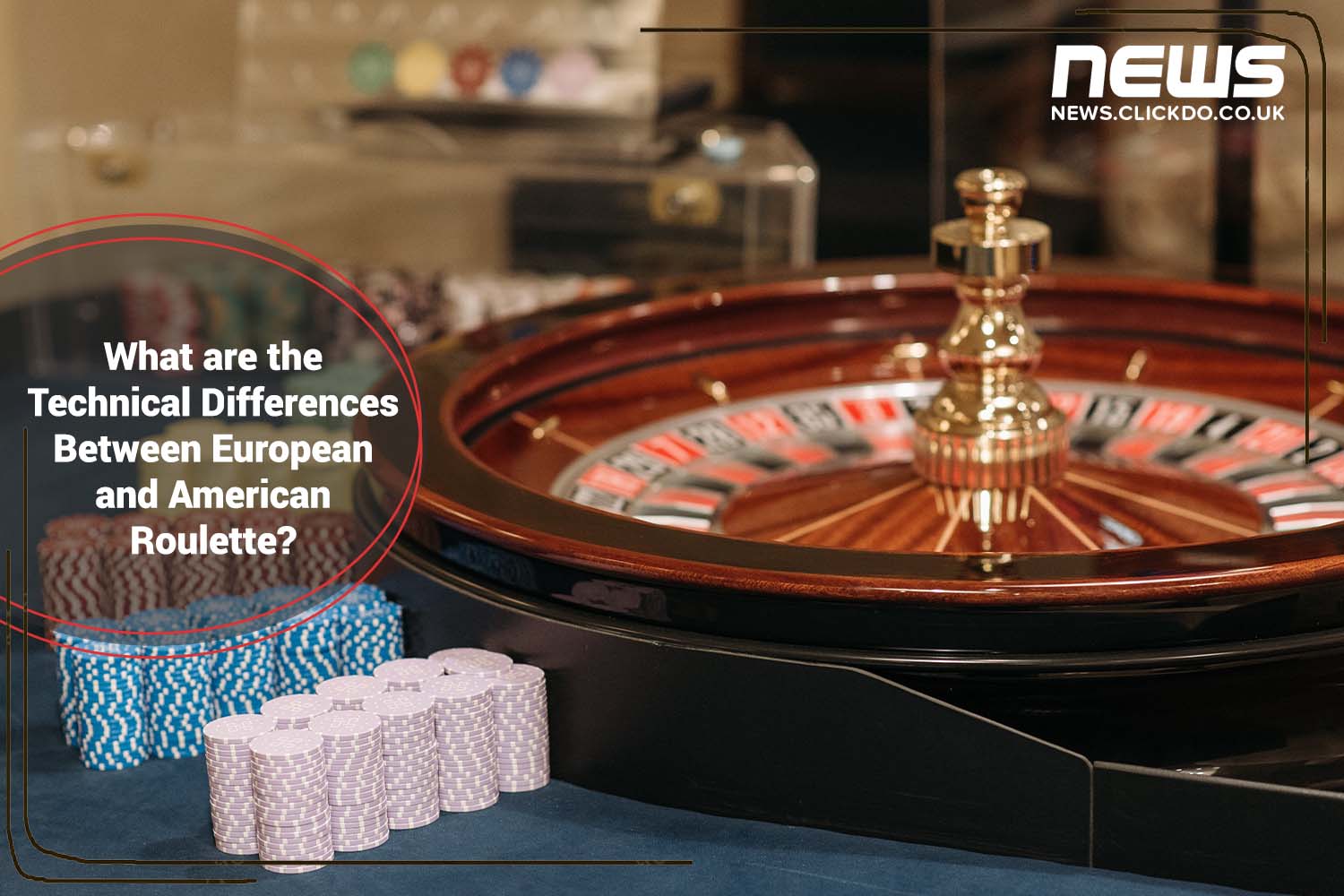
![Difference Between American Roulette And European Roulette Differences Between European and American Roulette [Infographic]](http://infographicjournal.com/wp-content/uploads/2017/09/european-vs-american-roulette.jpg)
